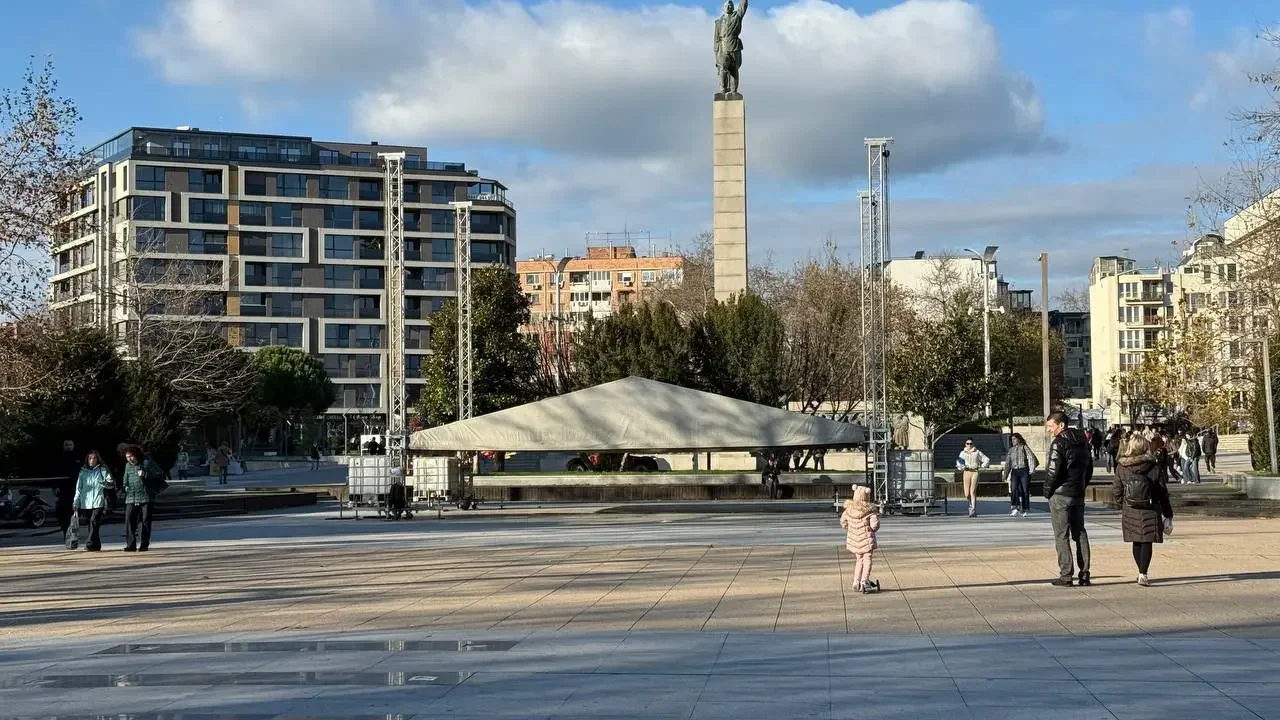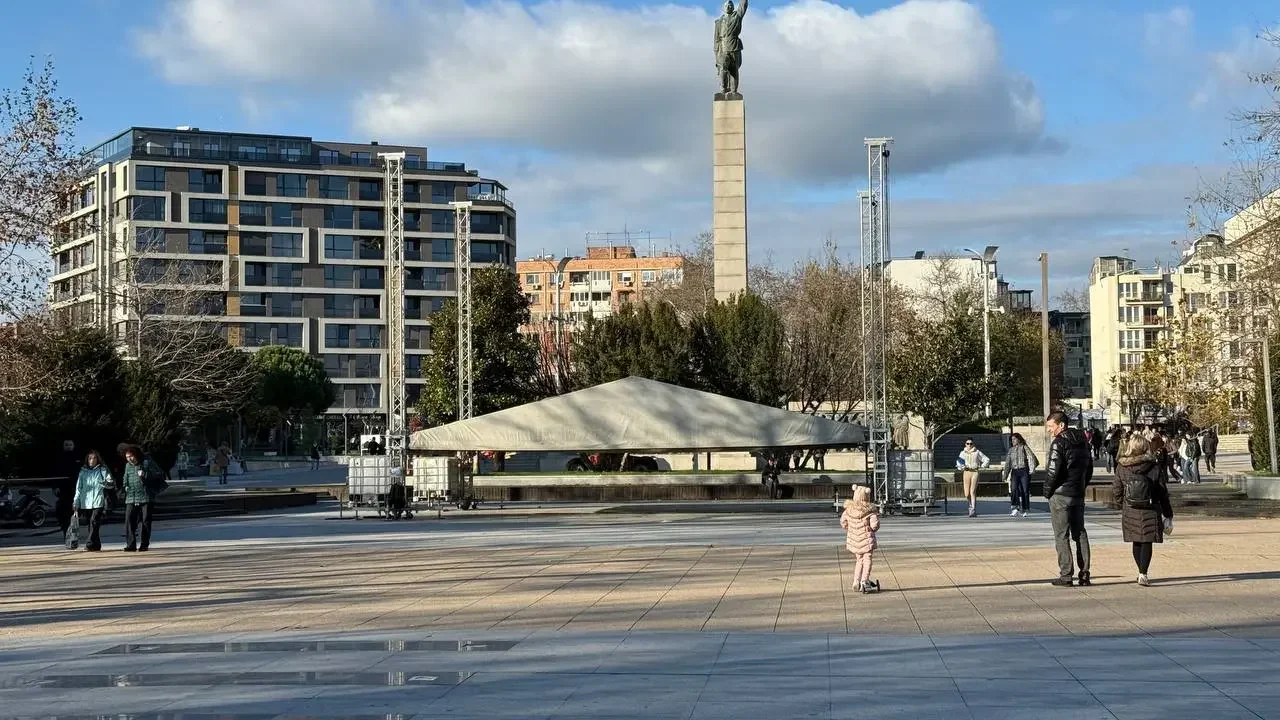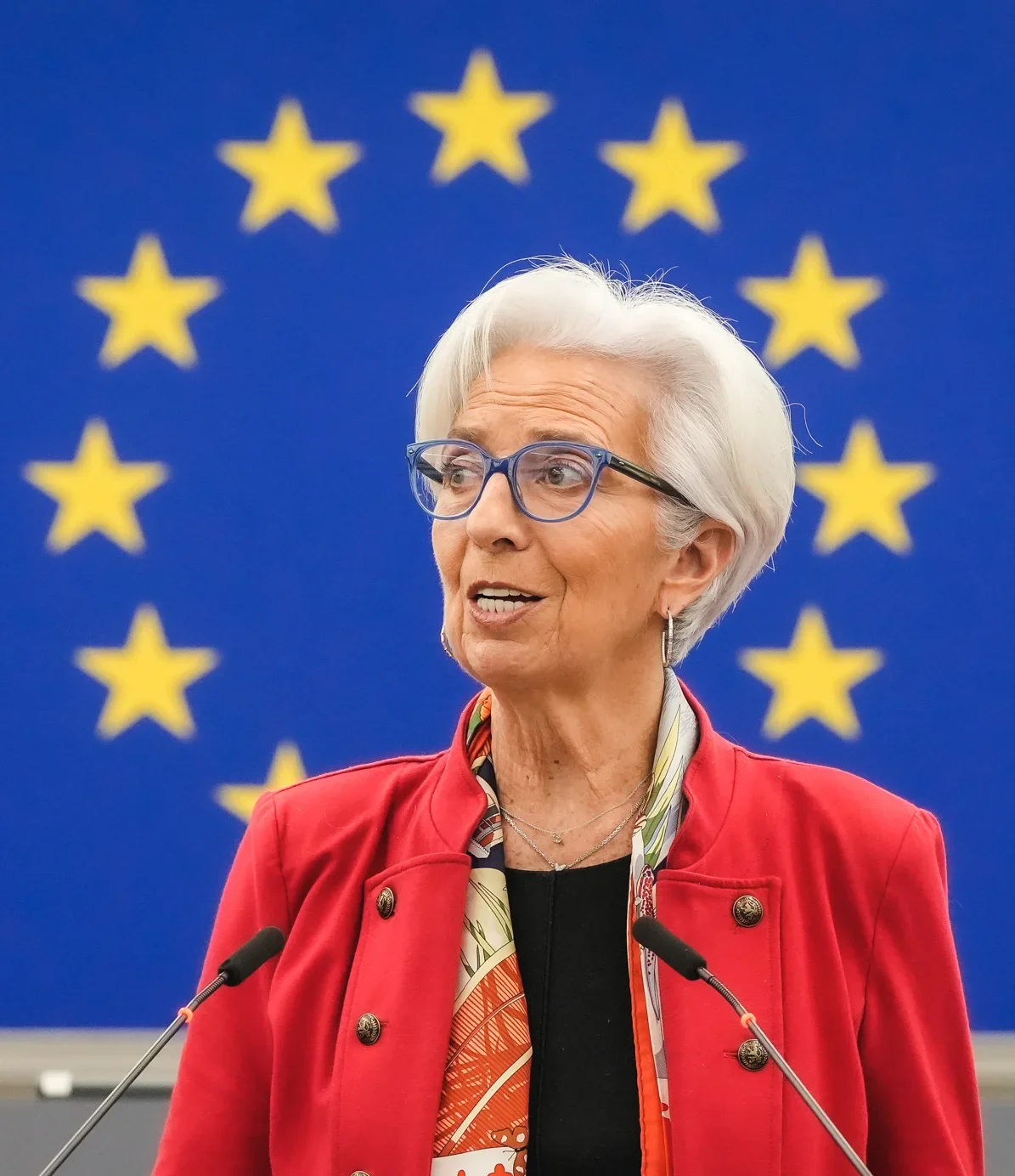EU at the Brink of a New Budget Cycle (2026–2033): What Will Change for Eastern Europe?
The new 2026–2033 EU budget cycle marks a turning point for the future of Eastern Europe. Amid a green transformation, digital acceleration, and geopolitical instability, the next Multiannual Financial Framework (MFF) will determine whether Eastern countries narrow the gap with the West or remain on the periphery of integration.
Cohesion Policy: Less Money, More Conditions
Cohesion policy remains a vital support pillar for Eastern economies. However, funds are expected to shrink as new EU priorities emerge and conditionality increases. Member states must not only demonstrate project readiness, but also compliance with the rule of law and climate goals.
Bulgaria, Romania, Hungary, and Poland will be under particular scrutiny, with stricter monitoring mechanisms potentially freezing payments in cases of institutional backsliding.
The Green Deal: Opportunity or Trap?
As implementation of the Green Deal intensifies, the new budget will channel more resources toward decarbonisation, renewables, and sustainable agriculture. This creates major opportunities for transition regions such as Bulgaria's Maritsa East and Poland's Silesia—but also the risk of social backlash and job losses.
The Just Transition Fund will be expanded, but will require strong national strategy and competent management to be effective.
Digital Transformation and Competitiveness
The EU is doubling down on digitalization—from public administration to industry. New funding schemes will target cybersecurity, artificial intelligence, cloud infrastructure, and digital education. Estonia, Czechia, and Lithuania already lead the regional push.
For Bulgaria, this is a chance to catch up, but also a challenge due to shortages in skilled labor and administrative inefficiencies.
Risks and Opportunities
The next budget will be crafted under economic uncertainty, demographic pressure, and geopolitical fragmentation. More resources will likely be directed to defense, migration control, and border security, potentially reducing cohesion allocations.
At the same time, Eastern Europe could benefit from being a relatively stable investment space amid global tension—a "territorial advantage" in times of crisis.
Conclusion: Between Ambition and Reality
The 2026–2033 cycle is more than a continuation of past frameworks—it is a maturity test. Eastern Europe's ability to articulate priorities, manage funds transparently, and assert interests will shape not only its economic future, but its standing within the Union.
You may also like
 The New Year 2026 Brings Challenges and Opportunities for Bulgaria, According to BCCI
The New Year 2026 Brings Challenges and Opportunities for Bulgaria, According to BCCI Forecasts for the CEE real estate market for 2026: Build-to-rent, student dorms and rent growth
Forecasts for the CEE real estate market for 2026: Build-to-rent, student dorms and rent growth Real Estate Renaissance 2025: How Ukrainians and the Euro Awakened the Real Estate Market
Real Estate Renaissance 2025: How Ukrainians and the Euro Awakened the Real Estate Market Christine Lagarde on Bulgaria's Entry into the Eurozone: A Significant Moment!
Christine Lagarde on Bulgaria's Entry into the Eurozone: A Significant Moment!
Disclaimer:
This article is an analytical review by the BurgasMedia editorial board and reflects the opinion of an expert group based on current political, economic, and social developments.
The conclusions presented are not predictions or factual statements, but a hypothetical interpretation of possible scenarios.
The publication is not responsible for any discrepancies with future developments and encourages readers to form independent judgments based on verified sources.



Коментари (0)
Все още няма коментари.